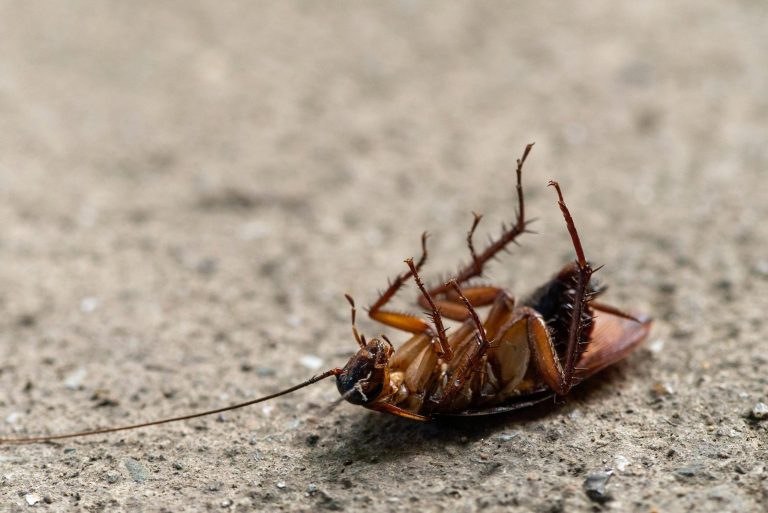
The climate crisis is worsening every year and the summers are hotter than they used to be. Rising heat, humidity, and other adverse changes are making cities hotter and reducing the effectiveness and energy efficiency of appliances. Your refrigerator has a hard time maintaining the temperature difference and may break down. You can fix a broken refrigerator by searching for “refrigerator repair near me”. However, keeping your refrigerator cool can prevent that from happening. Let’s check out how you can do it:
Tips & Tricks
- Clean the coils – Your refrigerator has thick condenser coils at the back. These coils channel the refrigerant and allow heat to escape rapidly. The refrigerant in turn cools down the air and maintains a low temperature inside the refrigerator.
If the condenser coils get dirt, grime, hair, and all sorts of debris build-up, the cooling effect will be inefficient. The coils would have a harder time cooling the refrigerant and the compressor has to work harder to compensate for that.
This is going to overheat those components and lead to temporary or permanent damage. During the summer season, the risk is even higher since the refrigerator has a hard time with high ambient temperatures.
You need to keep the coils clean to avoid damaging your refrigerator. Pull out the refrigerator from the wall and clean the coils at the back with a bristle brush and vacuum cleaner. If you have a new model, you may have an easier time cleaning the refrigerator by accessing the coils from the front. Locate the front grill and remove it to clean the coils.
- Let things cool down before they go into the fridge – You may cook a big batch of food during the weekends to save time. That’s an excellent move that lets you spend more time by yourself and with your kids. However, a big batch is going to create leftovers for dinner. Instead of directly shoving the hot container inside the fridge, wait for it to cool down.
When you put hot food inside the refrigerator, the appliance has to spend more energy to cool down the food. It has to work extra hard to control temperature and extract moisture from the chambers. Let your food reach room temperature and then put it inside the fridge. This keeps the refrigerator cool and also saves you money on the power bill.
- Allow a small gap in between the refrigerator and the wall – As mentioned above, the refrigerator radiates a lot of heat from the back. If there is no gap at the back, there would be no room for air circulation. That means hot air keeps accumulating at the back and the refrigerator has a hard time keeping things cool.
That’s why you should pull the refrigerator away from the wall and allow a gap of three inches or more for proper ventilation and air circulation. This allows a smooth exchange of hot and cold air and keeps the refrigerator operating efficiently.
- Don’t trust the shelves and bins on the door – The shelves and compartments on the refrigerator door sit far away from the cooling vents of the refrigerator. While this inadequacy has been fixed on some newer models, owners of old refrigerators are stuck with what they have.
Make sure that you don’t keep easily perishable food on the door storage bins and shelves. Cool air has a hard time reaching that place and hence the door shelves usually have a slightly higher temperature than the main compartment, shelves, and racks. While a carton of eggs or a jar of milk can sit on the door shelf, you need to keep fresh veggies and fruits in the designated storage bins.
- Stock up your refrigerator – Your refrigerator has multiple sensors that allow it to gauge the fullness. When your refrigerator knows it’s full, the appliance can make full use of its available resources and runs most efficiently.
That’s one way you can justify once a week, bulk shopping at the supermarket. Even if you live in the middle of the city with fresh groceries down the road, you can stock up the fridge with containers and pitchers full of water. This tricks the refrigerator to perform at its best.
- Keep the door closed – Your refrigerator relies on cool air to keep things cold. During the summer season, it’s tempting to open the refrigerator and let all the cold air rush to your face. However, this is one of the worst things you can do for the refrigerator and your wallet.
You need to keep the door closed and open it only when it’s necessary. Otherwise, the compressor has to run all the time to constantly cool the refrigerator. Overworking will break it down when things are already difficult due to the summer season.
You should also check the gaskets and seals on the refrigerator and the freezer door. Check how strong of a connection the door makes with the fridge and look for signs of leaking cold air. This also makes the refrigerator overwork and keeps it inefficient. You need to replace the seal if it’s worn out due to wear and tear.
- Use optimal temperature setting – Your refrigerator works best at a certain temperature setting. For most models in the market, the optimal temperature setting is around 35 degrees Fahrenheit. Even if your fridge is an outlier, the optimal temperature always sits below the 40-degree mark.
On the other hand, your freezer compartment should be maintained at a temperature range of around 0 to 5 degrees Fahrenheit. His temperature range allows your refrigerator to run things cool and fresh without compromising efficiency. Maintaining the air conditioner or HVAC setting at a comfortable and low temperature also makes cooling easier for the fridge.
Conclusion
Now that you know how to keep your refrigerator cool, you can make it more power efficient during the hot summer season and keep it from breaking down. If your refrigerator still breaks down, you may hire a pro by searching for “refrigerator repair near me”.







